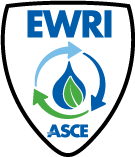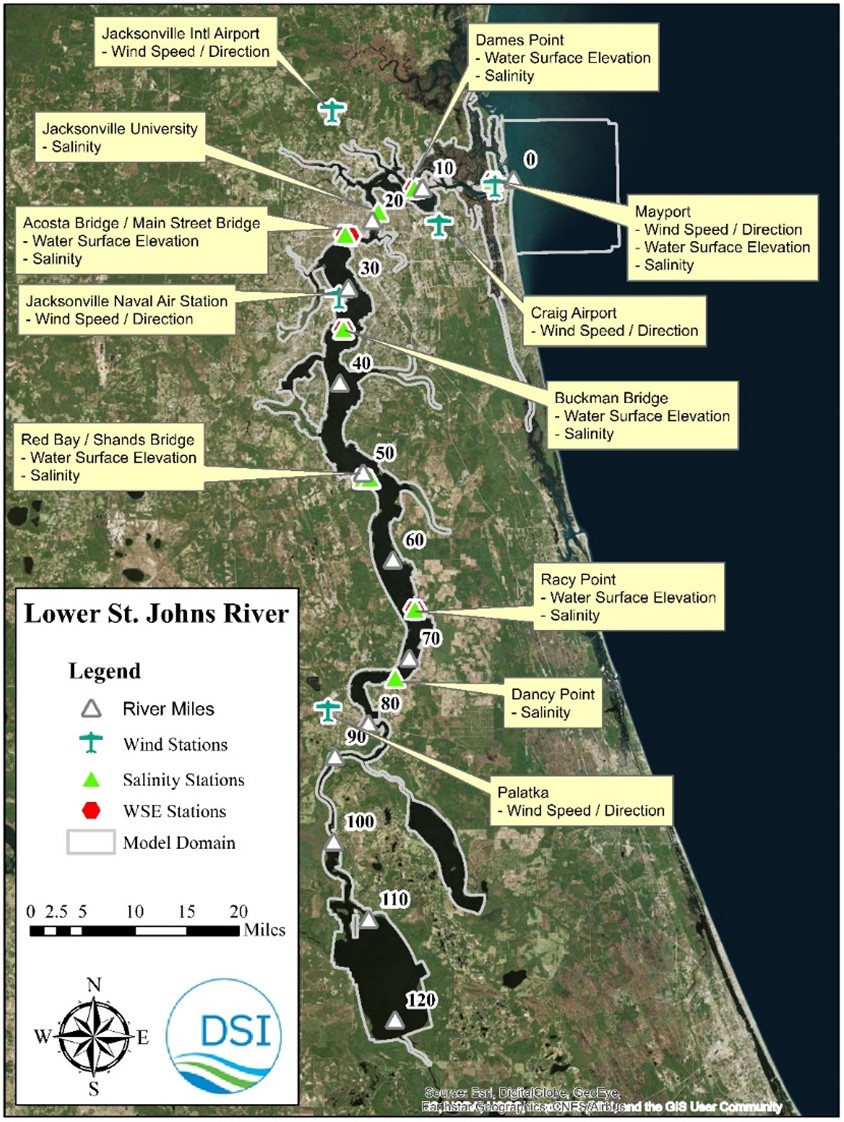
Authors: Thomas J. Mathis, Szu-Ting Lee, Paul M. Craig, P.E., Nghiem Tien Lam,
Kester Scandrett, Anurag Mishra, Rumana R. Arifin, and Jeffrey Y. Jung.
Dates: May 19-23, 2019
Location: Pittsburgh, Philadelphia
The Lower St. Johns River estuary in Florida has experienced both urban and exurban development along its banks over the course of many decades. The extent of salinity intrusion into the estuary is controlled by a combination of factors which may be altered through natural or anthropogenic forces. To better understand the factors controlling salinity intrusion, the Environmental Fluid Dynamics Code Plus (EFDC+) was applied to model the hydrodynamics of the estuary. This study discusses the calibration and validation of the model, analysis of the extent of salinity intrusion, and application of habitat analysis using the EFDC+ Explorer Modeling System (EEMS). The results of this study showed that the extent of salinity intrusion in the LSJR estuary is primarily controlled through varying combinations of upstream flow, long-term variations in the open ocean, and wind drag. Results of the habitat analysis concerning submerged aquatic vegetation and wetlands constitute a baseline for comparison with alternative management and future change scenarios for the basin.
Read the full study here.

